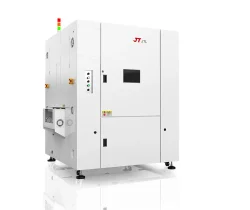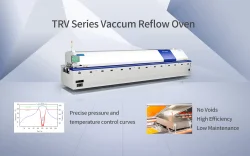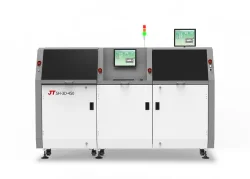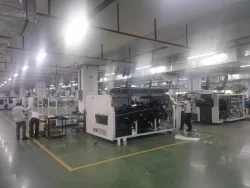2023-04-14
Reflow soldering is a method of soldering in which an infrared lamp is used to heat the air and melt the solder, and the process is carried out in a tunnel or reflow oven, where the temperature is kept constant to avoid thermal damage and improve the connections. Since reflow ovens are an integral part of the process, a reflow oven manufacturer produces and distributes these devices.
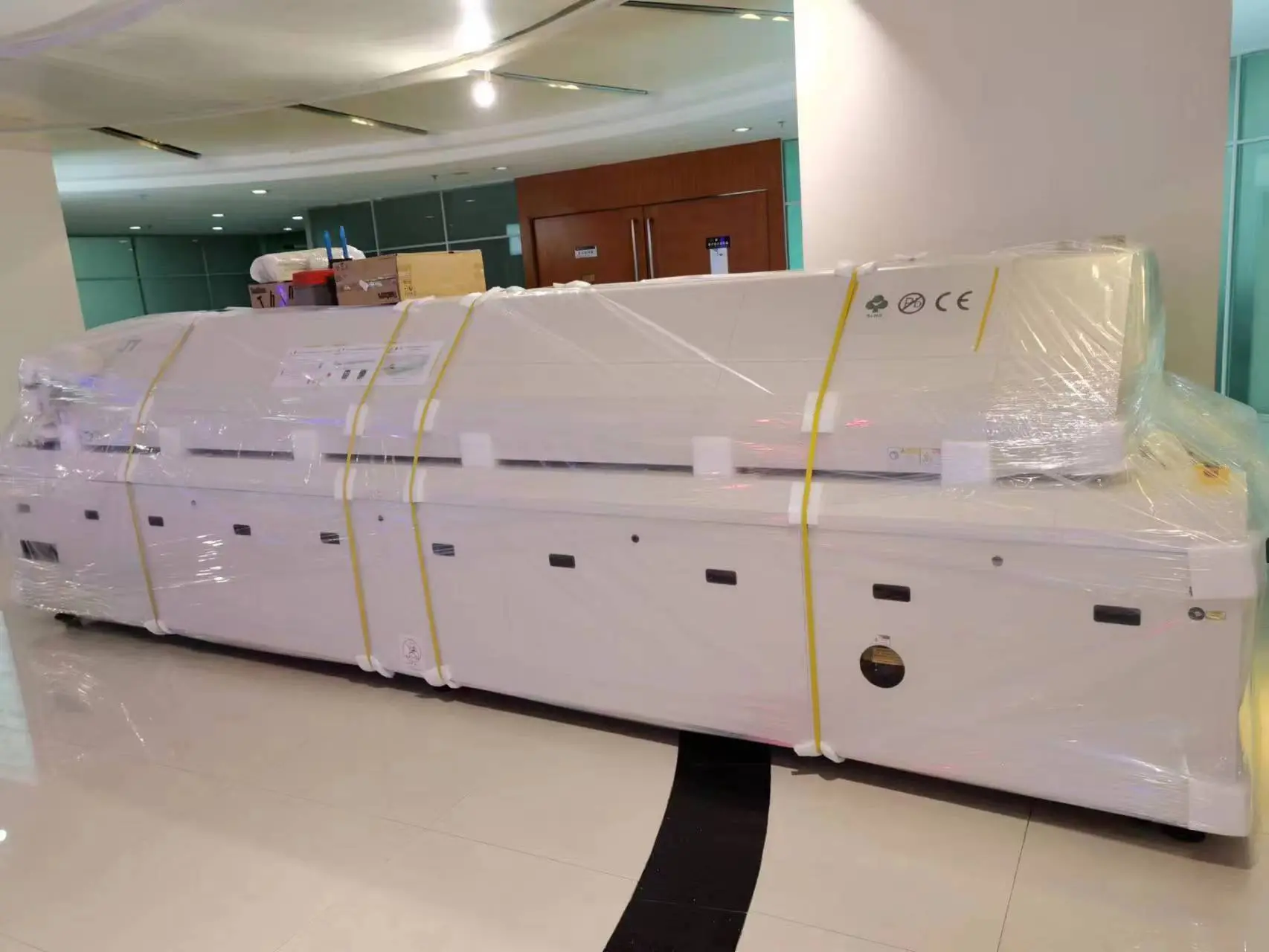
Reflow soldering is a complex process where many technologies are used. Hence, proper knowledge about the devices is required to deal with the process. In this article, we’ll know about the reflow oven and the contribution of a reflow oven manufacturer in the process.
What Does A Reflow Oven Manufacturer Build?
As you already know a reflow oven manufacturer makes a device called a reflow oven that is used in the reflow soldering process. In a reflow furnace, solder undergoes thermal processing for use in electronics production. For low-volume, in-lab production, a led reflow furnace can take the form of a box oven.
A reflow oven on a conveyor belt or continuous setup is ideal for factories with high throughput. Infrared thermal technology was used in the earliest days of electronics production. Convection heat transmission became the norm later on in manufacturing. Heating consistency was greatly enhanced by convection reflow furnaces, among other benefits.
The purpose of the reflow procedure is to heat the solder paste to its eutectic temperature, at which point the solder alloy will change phase and become liquid. The liquid alloy has adhesive qualities in this temperature range. The atmosphere of a reflow oven can be air, or it can be regulated to use Nitrogen or Forming Gas to prepare circuit boards; it depends on the reflow oven manufacturer. Nitrogen or Forming Gas is used to minimize or prevent assembly decomposition during steaming.
Types Of Reflow Ovens Built by A Reflow Oven Manufacturer
Infrared convection ovens are widely used as reflow ovens. This form of oven works by radiating heat from thermal elements to the components and solder. Circulation from fans aids in heat dissipation.
Soldering can be accomplished in vapor phase furnaces by harnessing the heat contained in a vapor layer. The PCB is submerged in a vaporized coating of perfluoropolyether, which is produced by boiling the liquid.
Vapor phase ovens have a higher heat transmission rate than convection ovens, which can translate to reduced energy consumption. Their reduced size and enhanced solder soaking are two additional benefits that a reflow oven manufacturer offers. Because they are group processes, they work well for producing fewer units at a time. However, the expense of specialty vapor materials can make vapor phase furnaces more costly.
Size, heating method, and additional characteristics of reflow furnaces can differ widely. Bench-top reflow ovens, group reflow ovens, and in-line conveyor reflow ovens are the most typical designs.
Conclusion
Reflow ovens are huge devices that are built by a reflow oven manufacturer and are used to build PCBs. These machines offer welding capacity to both little and big PCB assembly regions. If you are soldering in a tiny board area, you may purchase smaller reflow ovens based on your repair and installation area. These machines are designed to meet the requirements of small PCB assembly spaces.
Based in Shenzhen, JT Automation is a leading reflow oven manufacturer in China. We are happy to answer any questions you may have about reflow ovens or the reflow soldering process in general. Our online store also lists our products.
Wave Soldering Machine Price In China
The Ultimate Guide to Wave Machines: How They Work and What are the benefits

